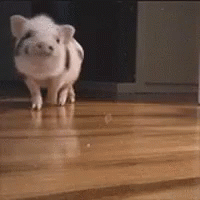In motion picture and television production, a sound effect is a sound recorded and presented to make a specific storytelling or creative point, without the use of dialogue or music. The term often refers to a process, applied to a recording, without necessarily referring to the recording itself. In professional motion picture and television production, the segregations between recordings of dialogue, music, and sound effects can be quite distinct, and it is important to understand that in such contexts, dialogue, and music recordings are never referred to as sound effects, though the processes applied to them, such as reverberation or flanging, often are.



















